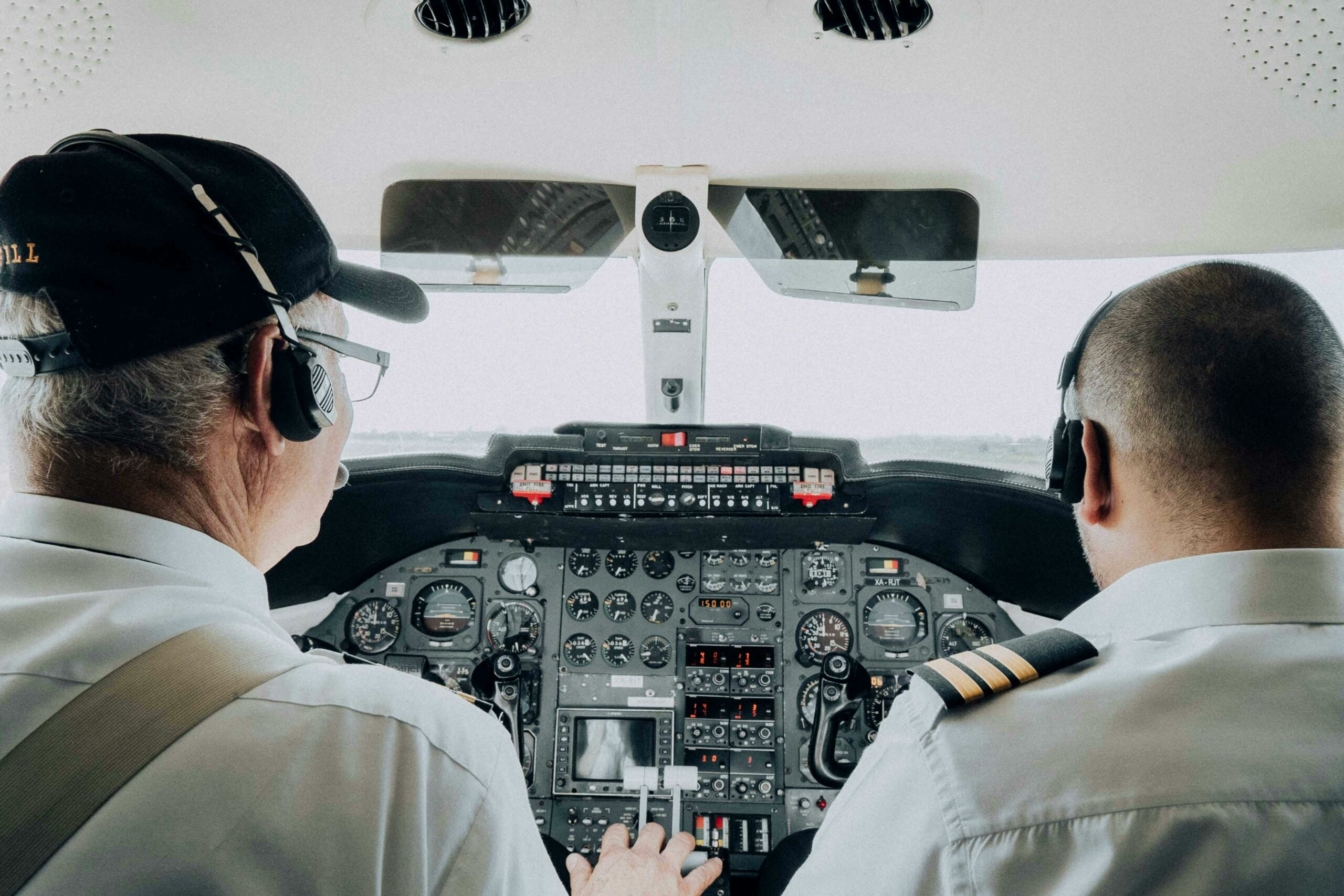How Dangerous is Turbulence to Airplanes? An Expert Analysis
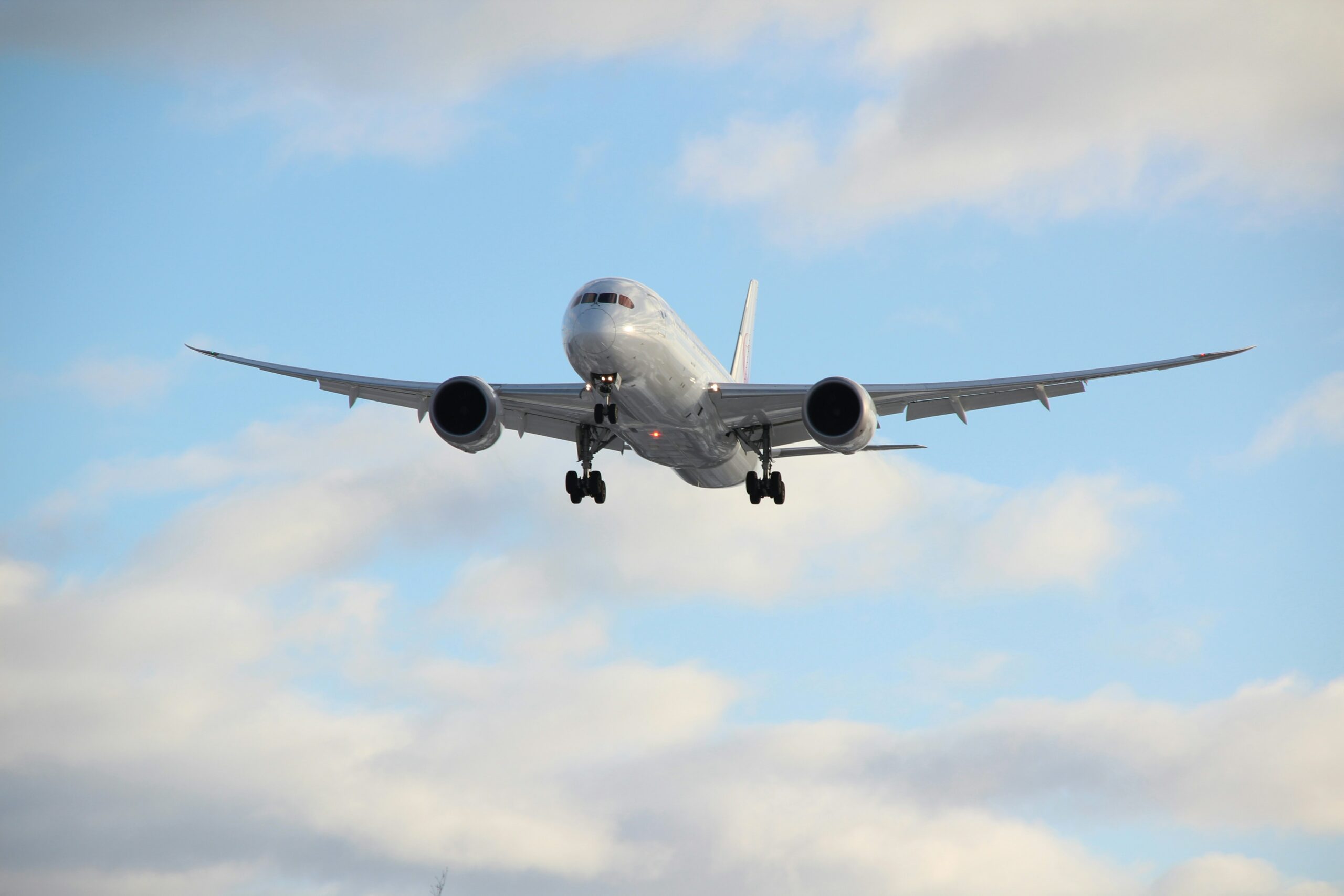
Turbulence is a common occurrence during flights, and for some passengers, it can be a source of anxiety and danger. While turbulence can be uncomfortable, it is generally not a serious threat to the safety of the aircraft or its passengers. However, there are situations where turbulence can pose a danger, and it is important to understand the risks and how they can be mitigated.
Turbulence is caused by changes in the air currents, and it can happen at any altitude. It can be caused by weather conditions, such as thunderstorms or wind shear, or by the aircraft passing through areas of different air pressure. While turbulence can be unpredictable, pilots are trained to anticipate it and take appropriate measures to ensure the safety of the flight. They can adjust the altitude or speed of the aircraft to avoid the worst of the turbulence, and they can also warn passengers to fasten their seat belts and remain seated.
Despite the occasional uncomfortable feeling caused by turbulence, it is important to remember that flying is still one of the safest modes of transportation. Aircraft are designed to withstand the forces of turbulence, and pilots are experienced in dealing with it. While there is always a small element of risk involved in any form of travel, the safety record of the aviation industry is a testament to the effectiveness of the measures in place to ensure passenger safety.
Understanding Turbulence and its Danger Effects
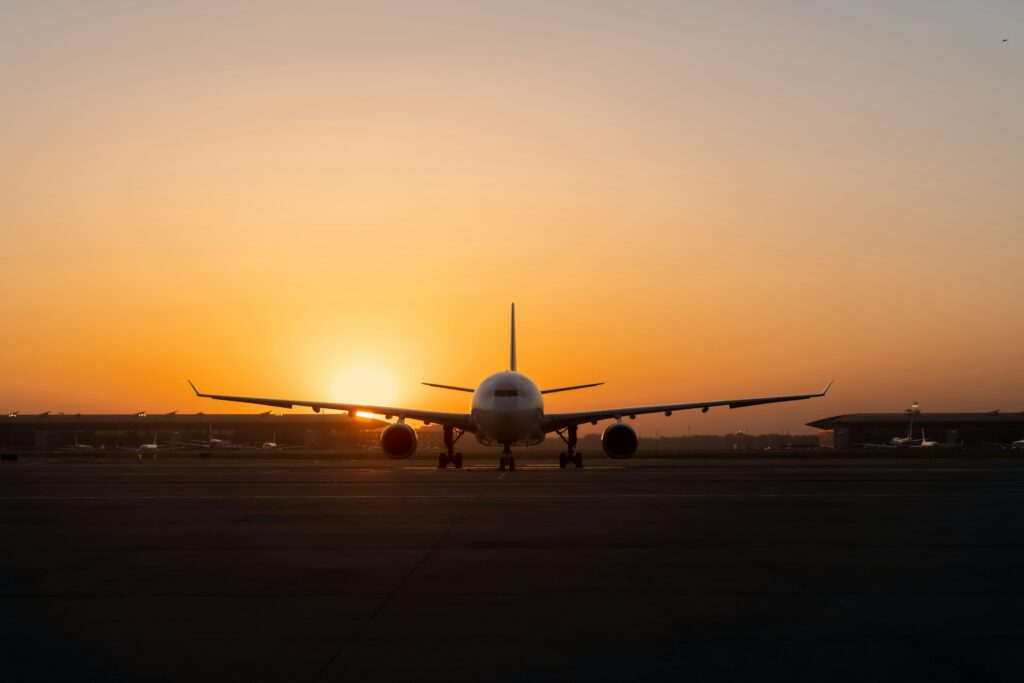
Turbulence is a natural phenomenon that occurs in the atmosphere and is caused by various factors. It is a common occurrence during airplane flights and can be a source of concern for passengers and crew. Understanding turbulence is essential for pilots to ensure the safety of their passengers and aircraft.
Types of Turbulence
There are different types of turbulence, each with its own characteristics. The most common types of turbulence encountered during flights are:
- Clear-air turbulence (CAT): This type of turbulence occurs in clear skies and is caused by differences in wind speed and direction at different altitudes. It is often unpredictable and can be severe.
- Mountain wave turbulence: This type of turbulence occurs when air flows over mountains and creates waves in the atmosphere. It can be particularly severe in areas with high mountain ranges.
- Weather front turbulence: This type of turbulence occurs near weather fronts, where different air masses meet. It can be caused by changes in temperature, pressure, and humidity.
Causes of Turbulence
Turbulence is caused by various factors, including:
- Jet streams: These are fast-moving air currents in the upper atmosphere that can cause turbulence when planes fly through them.
- Mountains: When air flows over mountains, it can create turbulence.
- Atmospheric pressure: Changes in atmospheric pressure can cause turbulence.
Measuring Turbulence Severity
Turbulence severity can be measured using the following methods:
- Turbulence reports: Pilots can report turbulence to air traffic control, which can then relay the information to other pilots.
- Radar: Weather radar can detect areas of turbulence and provide information to pilots.
- Turbulence meters: Some planes are equipped with turbulence meters that can measure the severity of turbulence and provide warnings to pilots.
Overall, turbulence is a natural occurrence during flights and can be managed by pilots to ensure the safety of their passengers and aircraft. Its effects are manageable. By understanding the different types and causes of turbulence, pilots can take appropriate measures to avoid or minimize its effects.
Turbulence Effects on Flights
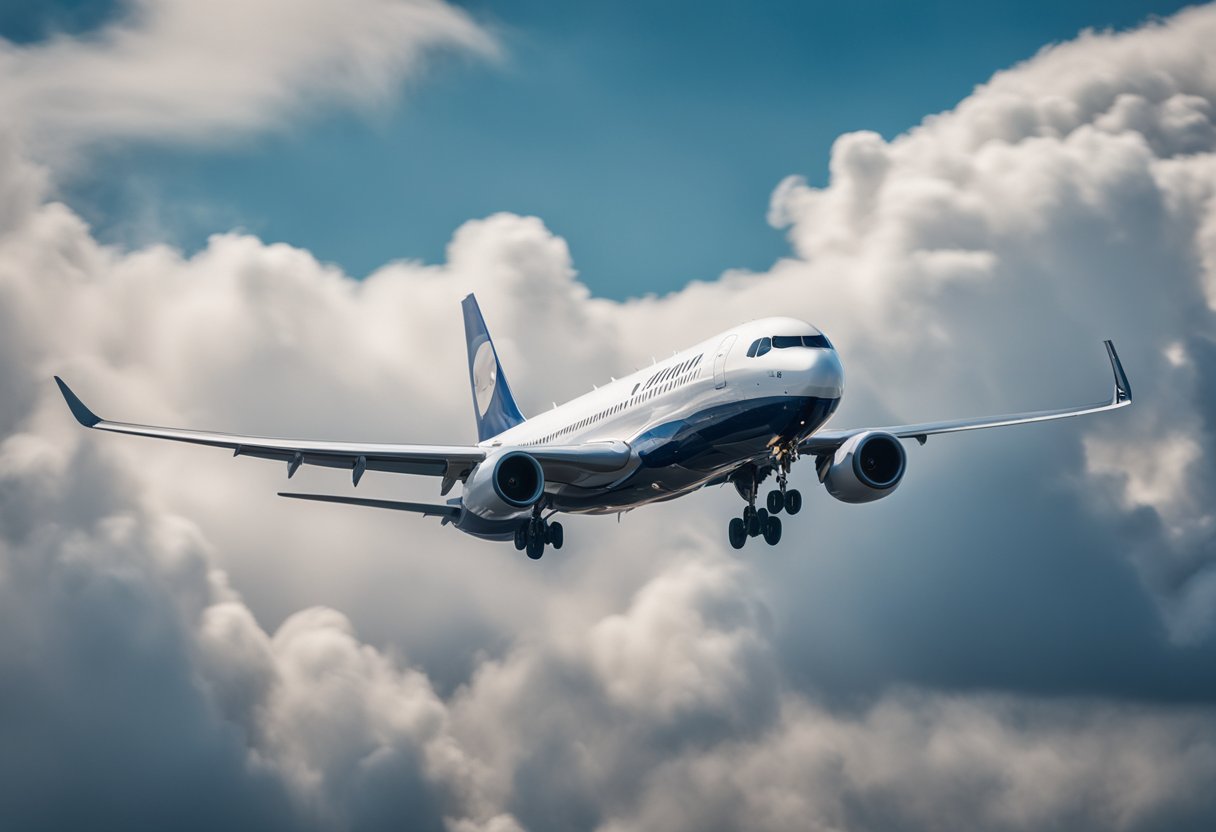
Turbulence is a common occurrence during flights, and it can have several effects on the aircraft, passengers, crew, and flight operations. This section discusses the impacts of turbulence on flights, including its effects on aircraft, passenger and crew safety, flight delays, and diversions.
Impacts on Aircraft
Turbulence can cause the aircraft to shake, vibrate, and experience sudden changes in altitude and direction. This can lead to stress on the aircraft’s structure and components, potentially causing damage or failure. However, modern aircraft are designed and tested to withstand turbulence and other extreme weather conditions, and pilots are trained to handle turbulence safely.
Passenger and Crew Safety
Turbulence can pose a safety risk to passengers and crew who are not properly secured in their seats. Unsecured passengers and crew can be thrown around the cabin during turbulence, leading to injuries. Therefore, it is essential for passengers and crew to follow the seatbelt sign and instructions from the flight crew during turbulence to ensure their safety.
Flight Delays and Diversions
Turbulence can also cause flight delays and diversions. Pilots may need to change their flight path or altitude to avoid turbulence, which can result in longer flight times and delays. In severe cases, turbulence can force the pilot to divert the flight to a different airport for the safety of the passengers and crew.
Overall, while turbulence can be uncomfortable and disruptive, it is not typically a significant safety concern that have urgent effects for aircraft or passengers. However, it is essential for passengers and crew to follow safety guidelines and instructions during turbulence to minimize the risk of injury and ensure a safe flight.
Safety Measures and Precautions
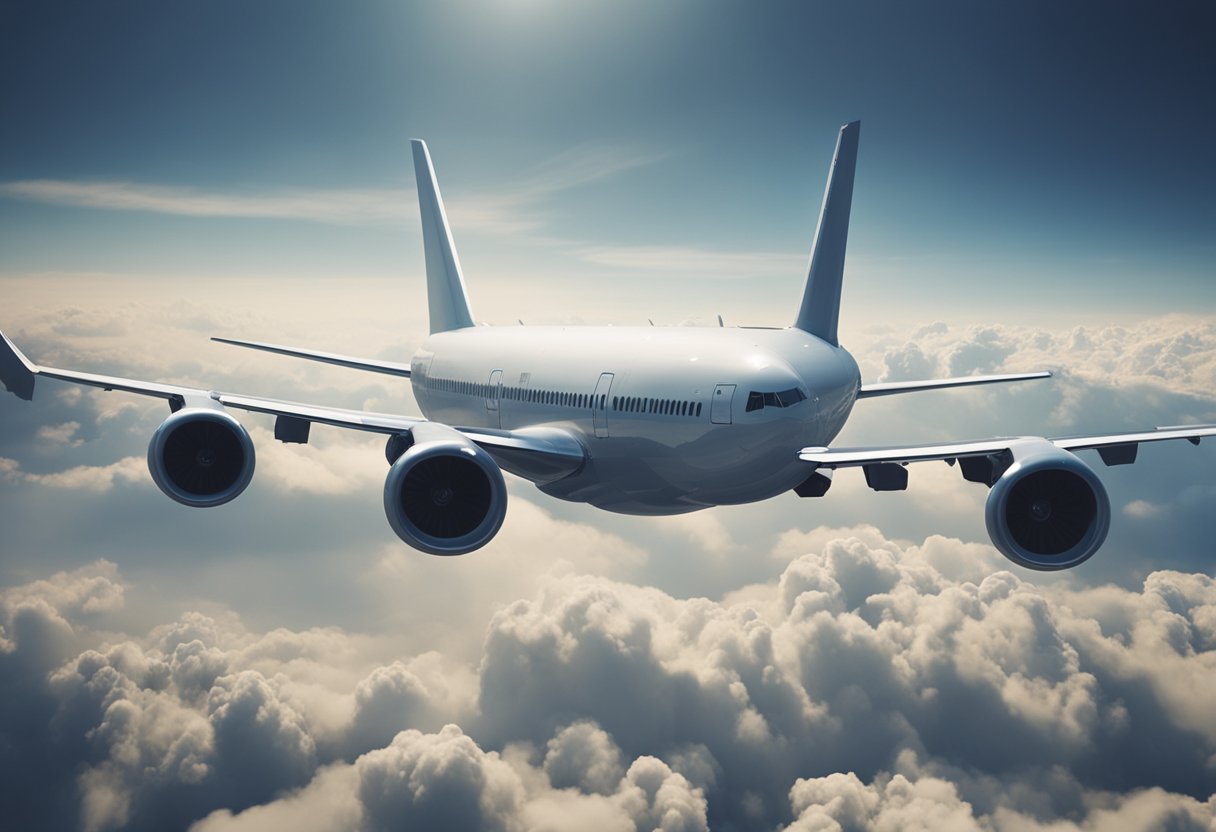
When it comes to turbulence, safety is the top priority for airlines. To ensure the safety of passengers and crew, airlines have established protocols and procedures to minimize the risks associated with turbulence.
Airlines’ Protocols
Airlines have established protocols to monitor weather conditions, danger and turbulence levels. This information is used to plan the flight route and altitude, and to make adjustments as needed during the flight. In addition, airlines have installed advanced weather radar systems on their planes to detect turbulence and other weather-related hazards.
Crew Training
Crew members receive extensive training on how to handle turbulence and other in-flight emergencies. They are trained to communicate with passengers during turbulence and to ensure that everyone is properly secured with their seatbelts fastened. Crew members are also trained to assess the severity of turbulence and to take appropriate action to ensure the safety of passengers and crew.
Passenger Instructions
Passengers are instructed to keep their seatbelts fastened at all times while seated, even when the seatbelt sign is turned off. This is to ensure that they are protected in case of unexpected turbulence. Passengers are also instructed to follow the crew’s instructions during turbulence and to remain calm.
The Federal Aviation Administration (FAA) sets the standards for safety in the aviation industry. The FAA requires that all airlines follow strict safety regulations and guidelines to ensure the safety of passengers and crew. Cabin components such as seats, overhead bins, and other equipment are also designed and tested to ensure that they can withstand turbulence and other in-flight hazards.
In summary, airlines take turbulence seriously and have established protocols and procedures to minimize the risks associated with it. Crew members are extensively trained to handle turbulence, and passengers are instructed to keep their seatbelts fastened at all times while seated. The FAA sets the standards for safety in the aviation industry, and cabin components are designed and tested to withstand turbulence, danger and other hazards.
Turbulence Incidents and Statistics
Notable Incidents
Despite being a common occurrence, turbulence can still be dangerous to airplanes. In 2019, a Lufthansa flight encountered severe turbulence over the Atlantic, causing serious injuries to passengers and crew. The National Transportation Safety Board (NTSB) investigated the incident and found that the flight crew did not adequately brief the passengers on the potential for turbulence, nor did they take appropriate action to avoid it.
Another incident occurred in 2017 when an American Airlines flight encountered severe turbulence over the Pacific, injuring ten passengers and one crew member. The flight crew was able to land the plane safely, but the incident prompted the airline to review its procedures for avoiding turbulence.
Injury Statistics
According to the Federal Aviation Administration (FAA), turbulence is responsible for several dozen injuries to passengers and crew members each year. However, the majority of these injuries are minor, such as cuts and bruises. Serious injuries are much less common, but they do occur.
The FAA also notes that turbulence-related injuries tend to be more common on smaller regional jets, which are more susceptible to turbulence than larger commercial aircraft.
Regulatory Responses
In response to incidents like the Lufthansa flight, the FAA has issued guidance to airlines on how to better prepare for and respond to turbulence. This includes better communication with passengers, more comprehensive weather briefings for flight crews, and improved training for pilots on how to avoid turbulence.
Additionally, the FAA has proposed new regulations that would require airlines to report all incidents of severe turbulence to the agency to avoid danger. This would allow the FAA to better track and analyze turbulence-related incidents, danger and potentially leading to further safety improvements in the future.
Technological Advances and Research
Weather Prediction Technology
Advancements in weather radar technology have greatly improved the ability of pilots to detect and avoid areas of turbulence. Modern weather radar systems can detect turbulence up to 60 miles ahead of the aircraft, giving pilots ample time to make adjustments to their flight path. In addition, aircraft are now equipped with satellite-based weather systems that provide real-time weather updates, allowing pilots to avoid areas of turbulence before they even encounter them.
Aircraft Design Innovations
Aircraft manufacturers are constantly innovating and improving their designs to make them more resistant to turbulence. For example, newer aircraft models are equipped with stronger wings that are better able to withstand the stresses of turbulence. In addition, some aircraft are equipped with turbulence-detection systems that can detect turbulence before it even reaches the aircraft, allowing the pilot to take evasive action.
Ongoing Research
Researchers are constantly studying the causes of turbulence and working to develop new technologies to mitigate its effects. For example, atmospheric scientists are studying the behavior of the atmosphere to better understand how turbulence forms and how it can be predicted. In addition, engineers are developing new materials and designs that can make aircraft more resistant to turbulence.
Related Posts:
Passenger Experience and Anxiety
Passengers often experience anxiety and fear during turbulence, which can make their travel experience uncomfortable and stressful. This section will discuss some strategies that passengers can use to cope with their fear of flying and manage their anxiety during turbulence.
Coping with Fear of Flying
Passengers who experience fear of flying can use various coping strategies to manage their anxiety. These strategies include:
- Breathing exercises: Deep breathing can help passengers relax and reduce their anxiety during turbulence.
- Distraction techniques: Passengers can distract themselves from their fear of flying by engaging in activities such as reading, listening to music, or watching a movie.
- Cognitive-behavioral therapy: This type of therapy can help passengers identify and change negative thoughts and beliefs that contribute to their fear of flying.
Managing Anxiety During Turbulence
Passengers who experience anxiety during turbulence can use the following strategies to manage their symptoms:
- Stay calm: Passengers should try to stay calm and avoid panicking during turbulence.
- Follow instructions: Passengers should follow the instructions of the flight crew during turbulence, such as fastening their seat belts and remaining seated.
- Visualize a safe landing: Passengers can visualize a safe landing to reduce their anxiety during turbulence.
Educational Efforts
Educational efforts can help passengers understand the nature of turbulence and reduce their fear of flying. Some airlines offer courses and workshops to help passengers overcome their fear of flying. In addition, passengers can use turbulence forecast tools, such as Fly With Courage, to get minute-by-minute accurate turbulence forecasts and prepare themselves mentally for the flight.
Related Posts:
Conclusion
In conclusion, turbulence is a common occurrence during air travel, but it is not as dangerous as some may think. While it can be uncomfortable and may cause minor injuries if passengers are not properly secured, modern aircraft are designed to withstand even severe turbulence.
Passengers can rest assured that pilots are trained to navigate through turbulence and will do everything in their power to ensure a safe flight. In fact, turbulence is often detected and avoided before the flight even takes off which can cause less danger to the passengers.
It is important for passengers to remain calm and follow instructions from the flight crew during turbulence. This will help ensure their safety and the safety of those around them.
